Side Gallery
Side Gallery
WishlistFollow
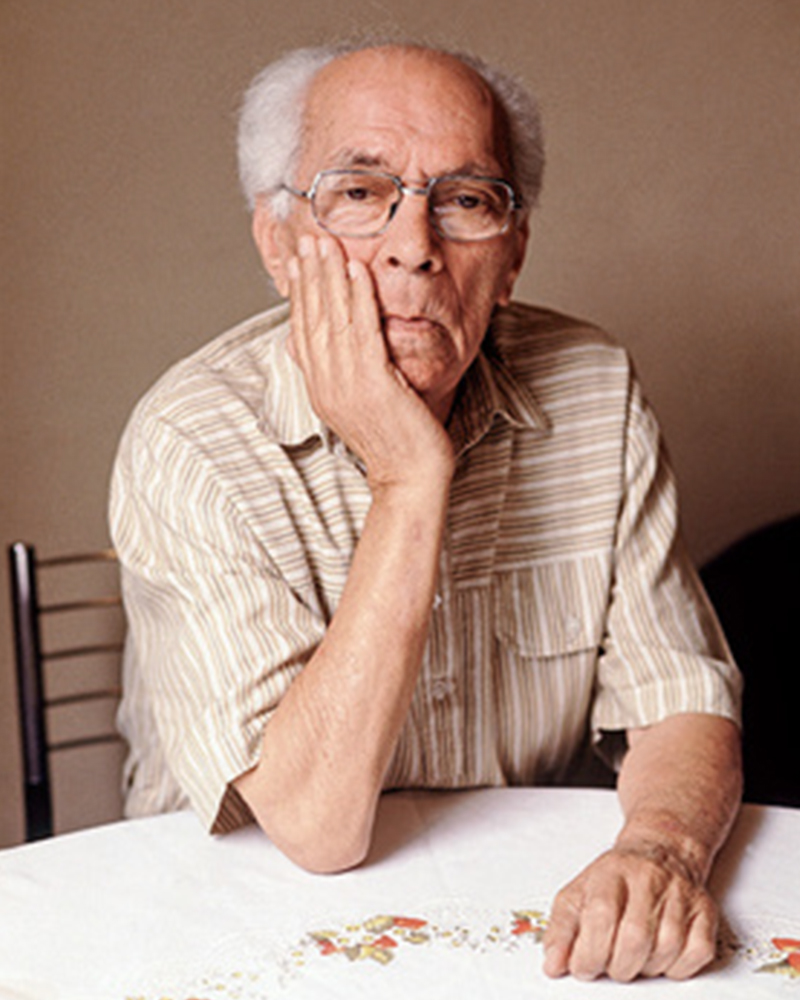
Joaquim Tenreiro (Melo Guarda, Portugal 1906 - Itapira Sao Paulo 1992) was a, sculptor, painter, engraver and designer. Born into a family of joiners, at the age of two, his family emigrated to Brazil, settling in Niterói, Rio de Janeiro. In 1914 he returned to Portugal. He helped his father with woodwork projects and began painting classes. He returned to live in Brazil between 1925 and 1927. In 1928, he moved to Rio de Janeiro permanently. He studied drawing at the Portuguese Literary Lyceum and enrolled in the Liceu de Artes e Ofícios. In 1931, he joined the Bernardelli Nucleus, a group created in opposition to the academic teaching of the National School of Fine Arts - Enba.
After some years of dabbling in as a painter, Joaquim traversed his talents and went back to wood, "I stuck with painting up to a point, but gave it up because I could not stay away from the wood-working shop...what kept me going was furniture" (Soraia Cals, Tenreiro, Rio de Janeiro, 1998, p. 190). He designed for Laubish & Hirth, Leandro Martins, and Francisco Gomes, specializing in French, Italian, and Portuguese furniture. A decade later, he founded Langenbach & Tenreiro, which would become renowned for its modern furniture designs. Tenreiro's partner insisted on selling traditional furniture, while Tenreiro argued for a modern sensibility. In the early years, Tenreiro designed both conservative and modern furniture for their inventory. However, by the late 1940s, the modern movement had taken hold in Brazil, and when only Tenreiro's original pieces sold, the shop dedicated itself solely to contemporary designs.
His success as a designer commenced in 1942 when he was commissioned to design and manufacture the furniture for the residence of Francisco Inácio Peixoto, in Cataguases, in the interior of Minas Gerais. The residence was designed by architect Oscar Niemeyer (1907 - 2012), to whose work Joaquim identified beautifully, creating the commissioned pieces in assimilation with the purity of Niemeyer's architectural forms. The furniture Tenreiro designed for this project were the first pieces made by him in which it is possible to distinguish the sober beauty of form and the wise use of Brazilian wood so identifiable in his works throughout the next two decades.
The Light Armchair (ca.1942), made in ivory wood, with a darker version in imbuia, was upholstered in fabric stamped by Fayga Ostrower (1920 - 2001) and one of his most famous pieces. The chair was conceived according to his principle that Brazilian furniture should be light; in Tenreiro's words, lightness has nothing to do with the weight itself but with grace and functionality. Testimony to the ideological alignment of modern Brazilian furniture, Tenreiro's design is rooted in the principle of stripping back the unnecessary to demonstrate the true beauty of an object while maintaining the utmost function.
His acclaimed Three-legged Chair (ca.1947) associates geometry with colour through the particular use of Brazilian woods. It is chromatically innovative composed of a combination of timbers (imbuia, roxinho, rosewood, ivory, and cabreúva), all with varying shades. Tenreiro spoke of the technical difficulties in creating these chairs—of combining woods that retain different levels of humidity, dry at varying rates, and expand and shrink differently—but the design's success speaks to his technical prowess and to his artistic vision. Like other Tenreiro furniture of this period, it has a light and luminous appearance, contrasting with the solid and sober furniture he previously created for Laubisch & Hirth.
In some chairs and armchairs, Joaquim explored weaving natural materials such as straw that evoke indigenous braiding and basketry. The use of wood and natural fibers is generally associated with adapting furniture to a tropical climate; together with these organic compositions, other works of Tenreiro's, such as the Structural Chair, present straight lines, and geometric elements, creating structures from both wood (1957) and metal (1961). Tenreiro's deep knowledge of wood is illustrated through the poetic features in his works.
At the end of the 1960s, he closed his stores and stopped manufacturing furniture for personal and market reasons. Instead, he returned to the realms of painting and dedicated himself to sculpture. Techniques discovered during his design days can be seen in his sculptures. For example, the chromatic composition of woods he employed in the Three-Foot Chair was later resumed in some sculptural reliefs, in which the artist explores the differences in color, textures, and the veins of wood; his work Circles (1979) demonstrated this.
Tenreiro's productions are renowned for their combination of modern characteristics that define mid-century Brazilian furniture, such as simplicity, the use of local materials, function, and artistic beauty.









CRAFTING MODERNITY: DESIGN IN LATIN AMERICA, 1940–1980
NEW YORK
THE MUSEUM OF MODERN ART
MAR 08 – SEP 22 (2024)
MORE INFO
The Museum of Modern Art presents "Crafting Modernity: Design in Latin America, 1940–1980," marking a milestone as the first exhibition by a major American museum to comprehensively explore modern design in the region. The museum will showcase over 100 pieces created by Latin American designers and architects, allowing visitors to view pieces by designers such as Luis Barragán or Lina Bo Bardi.




DESENHANDO PARA UM PALÁCIO,
PALÁCIO ITAMARATY
BRASILIA
ESPLANADA DOS MINISTÉRIOS
APR 17 1994 - MAY 27 2018
MORE INFO
This unique exhibition was celebrated, as it allowed the public, the rare opportunity, to familiarize themselves with the work of the some of the greatest names in Brazilian furniture design such as Joaquim Tenreiro and Sergio Rodrigues. The collection of works brought together objects belonging to the Ministry of Foreign Affairs, used in the receptions of foreign heads of states and international negotiations.
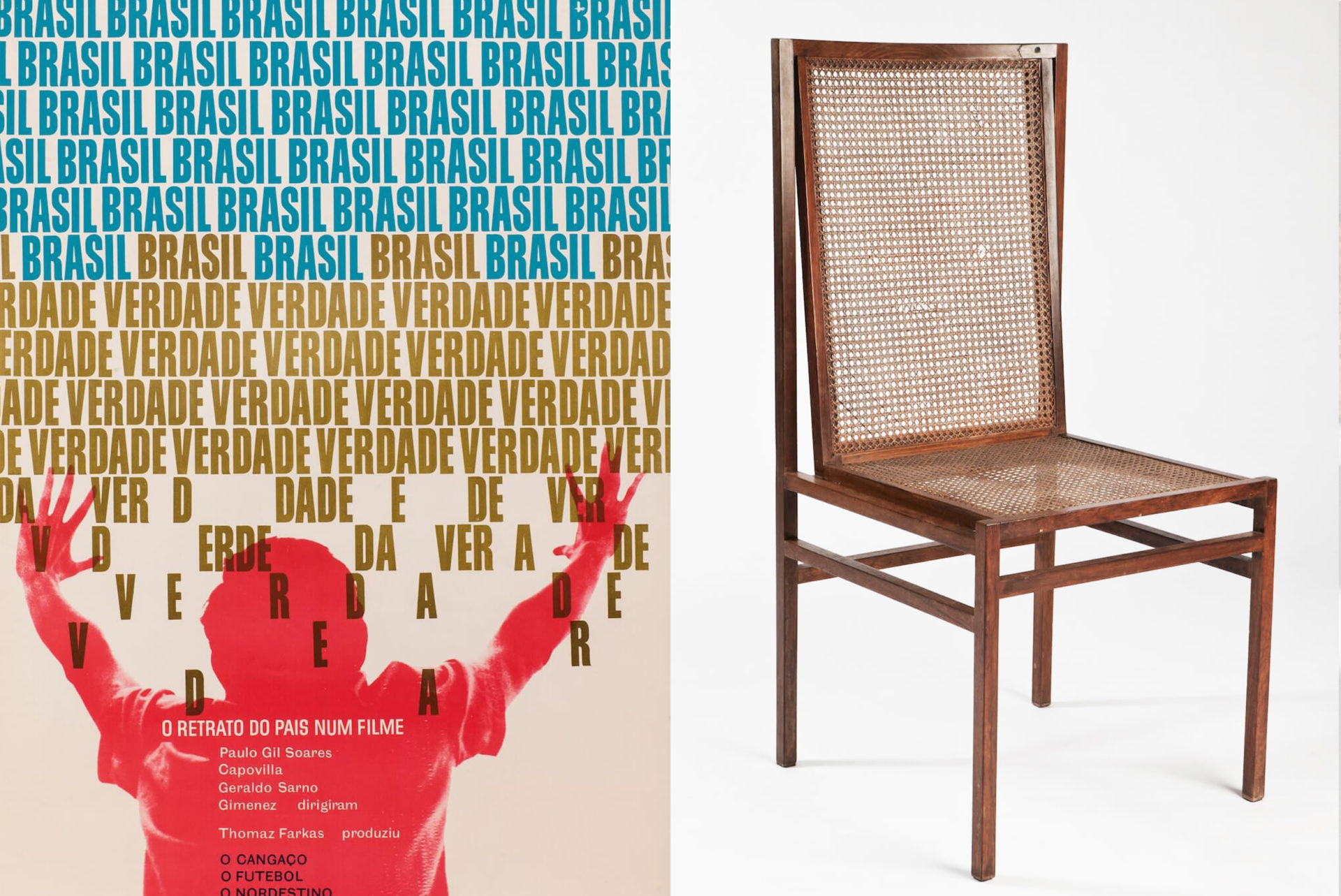
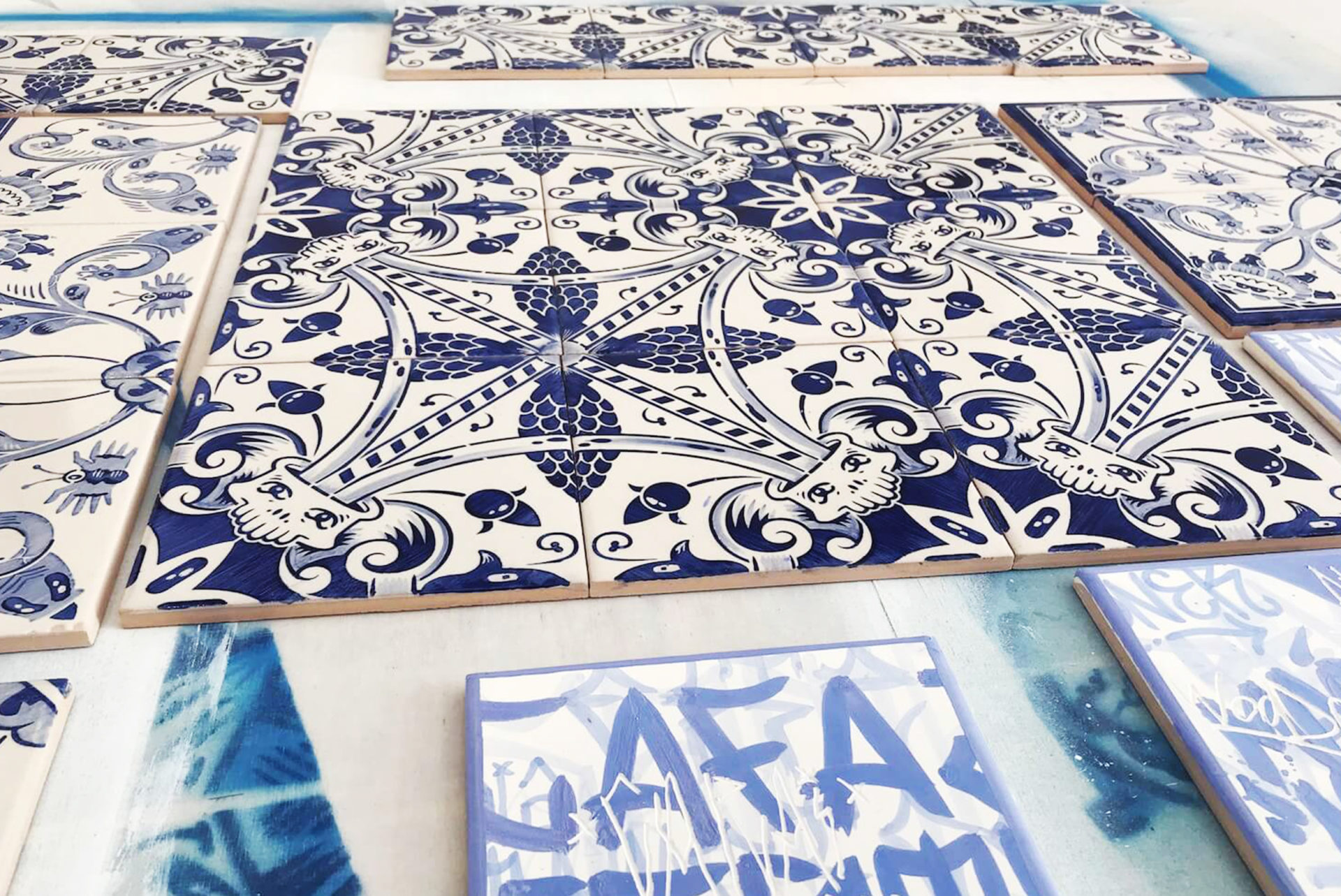
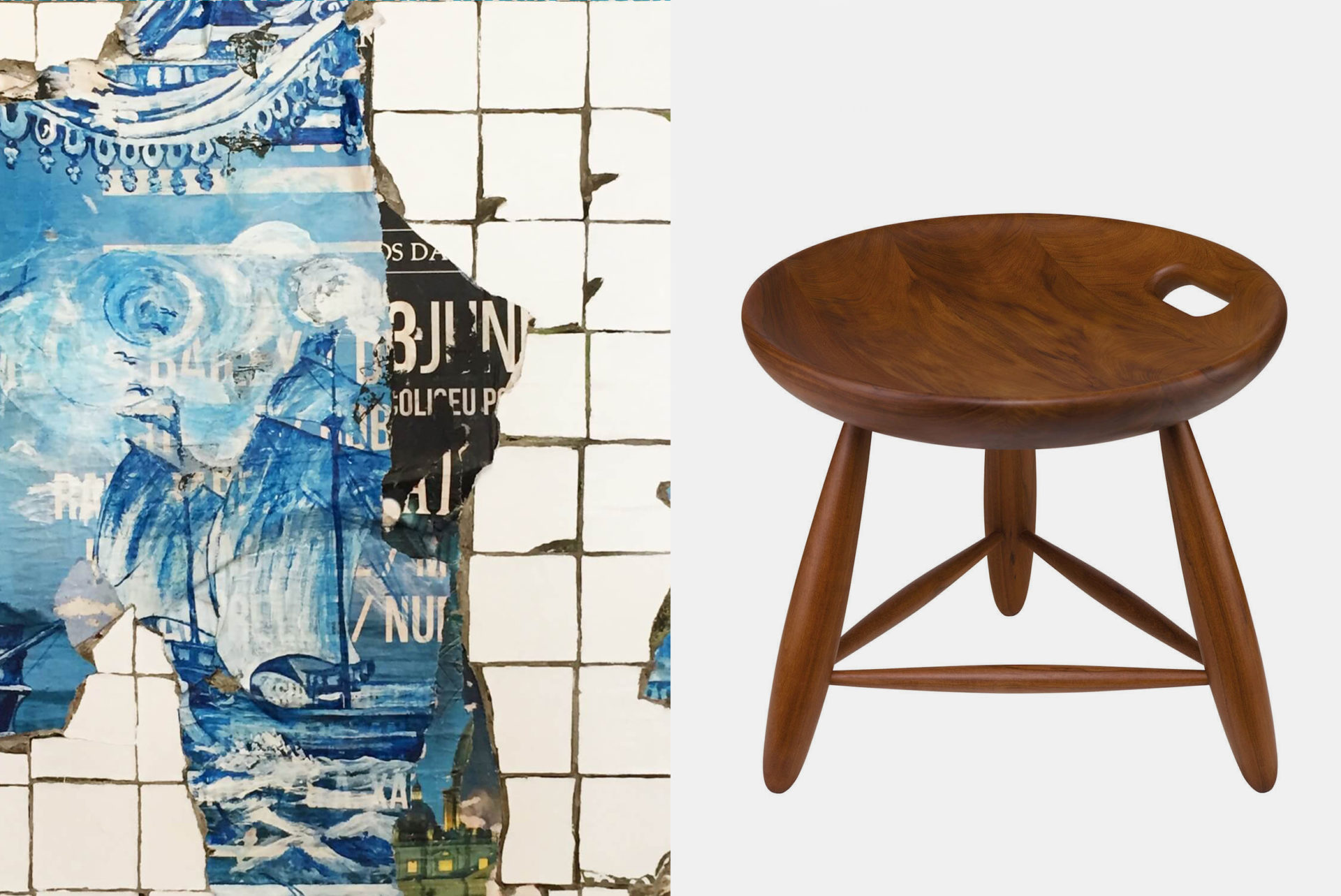
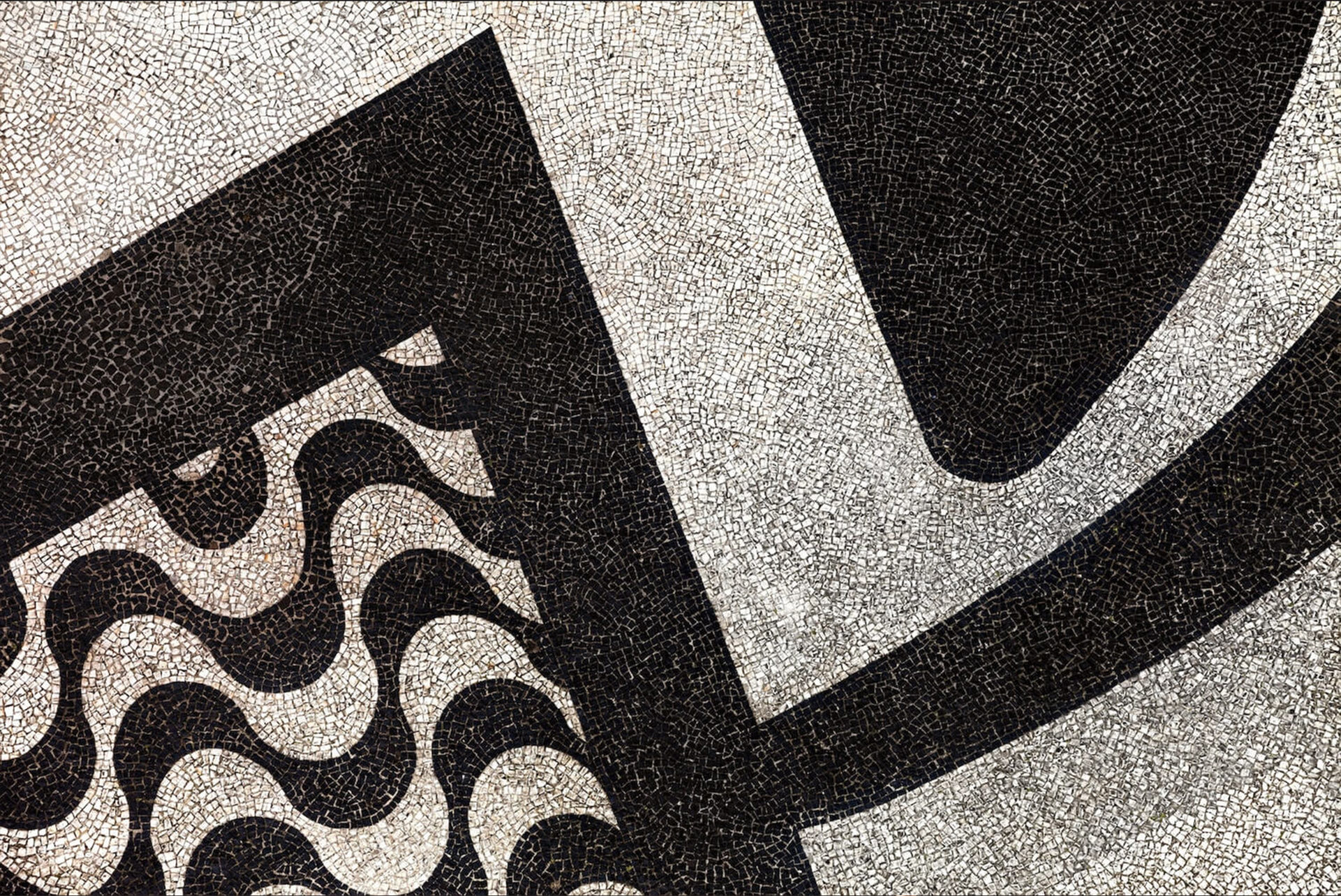
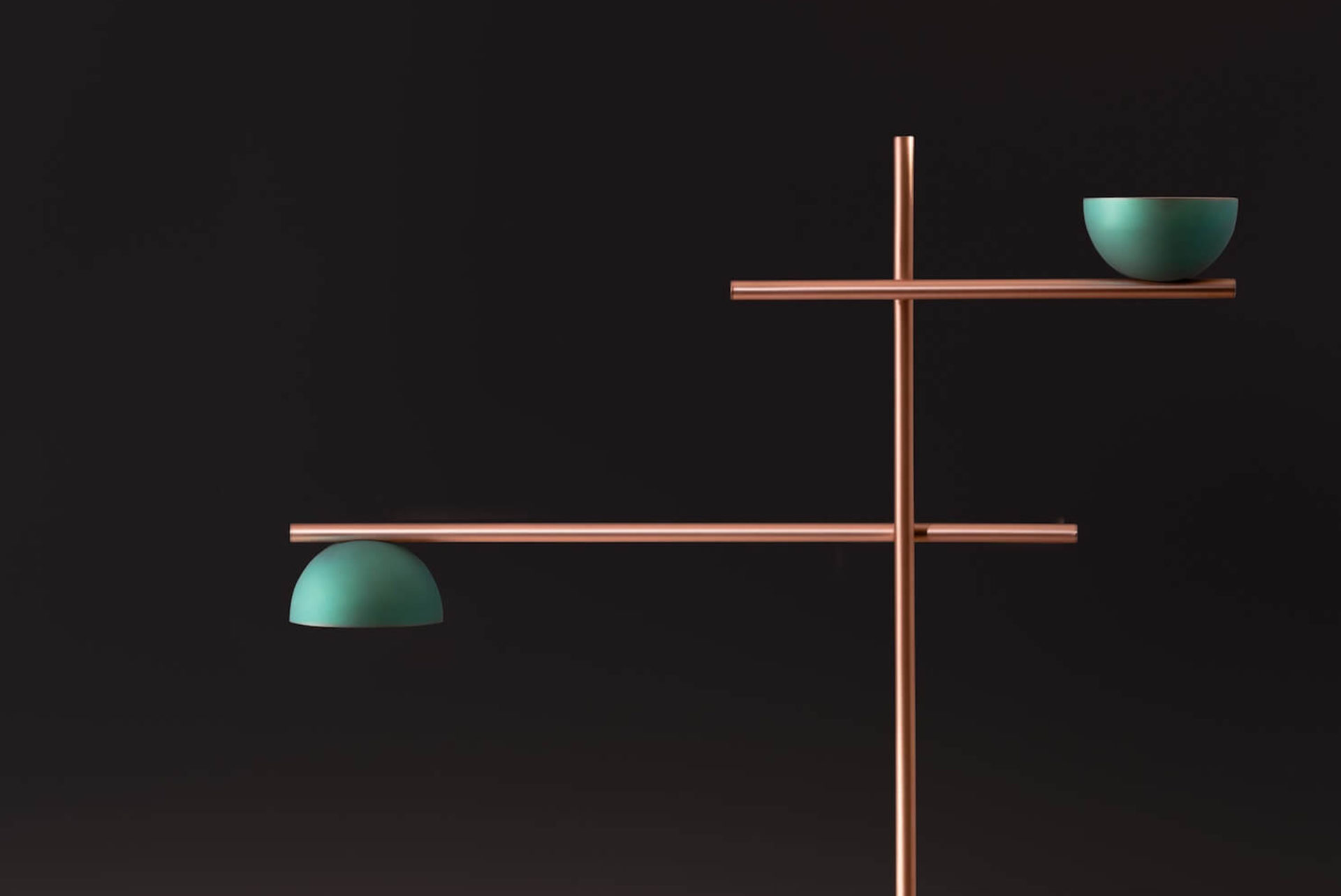
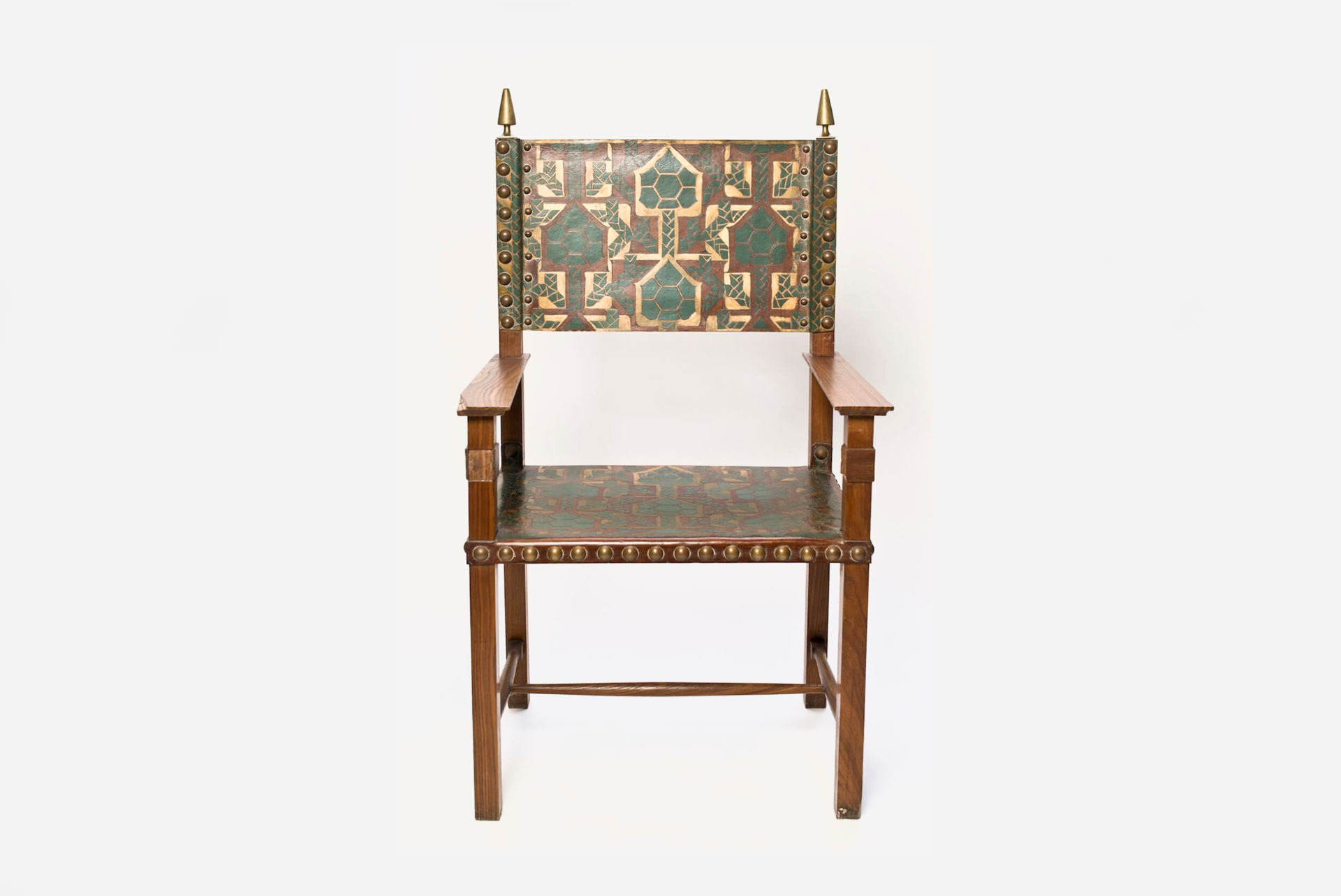
TANTO MAR: FLUXUS TRNSATLANTICOS
PELO DESIGN
LISBOA
PALACIO DOS CONDES DA CALHETA
JAN 20 2018 - MAY 20 2018
MORE INFO
The exhibition intended to map a transatlantic flow of design between Portugal and Brazil, focusing on the design and material culture unique to each country, in order to discuss the nature of the exchanges and to understand how they mirror the identity and the history of each other. Among the several investigations, is that of Joaquim Tenreiro, who brought from Portugal his expertise in woodwork, becoming the “father” of the modern Brazilian furniture.




MODERNO: DESIGN FOR LIVING IN BRAZIL, MEXICO AND VENEZUELA, 1940-1978
NEW YORK CITY
AMERICAS SOCIETY
FEB 11 1994 - MAY 16 2015
MORE INFO
Moderno: Design for Living in Brazil, Mexico, and Venezuela, 1940–1978 explored how design transformed the domestic landscape of Latin America in a period marked by major stylistic developments and social political changes. Away from the mass destruction of World War II, many Latin American countries entered a period of economic growth in the late 1940s and continuing through the 1950s, which resulted in the modernization of major cities.
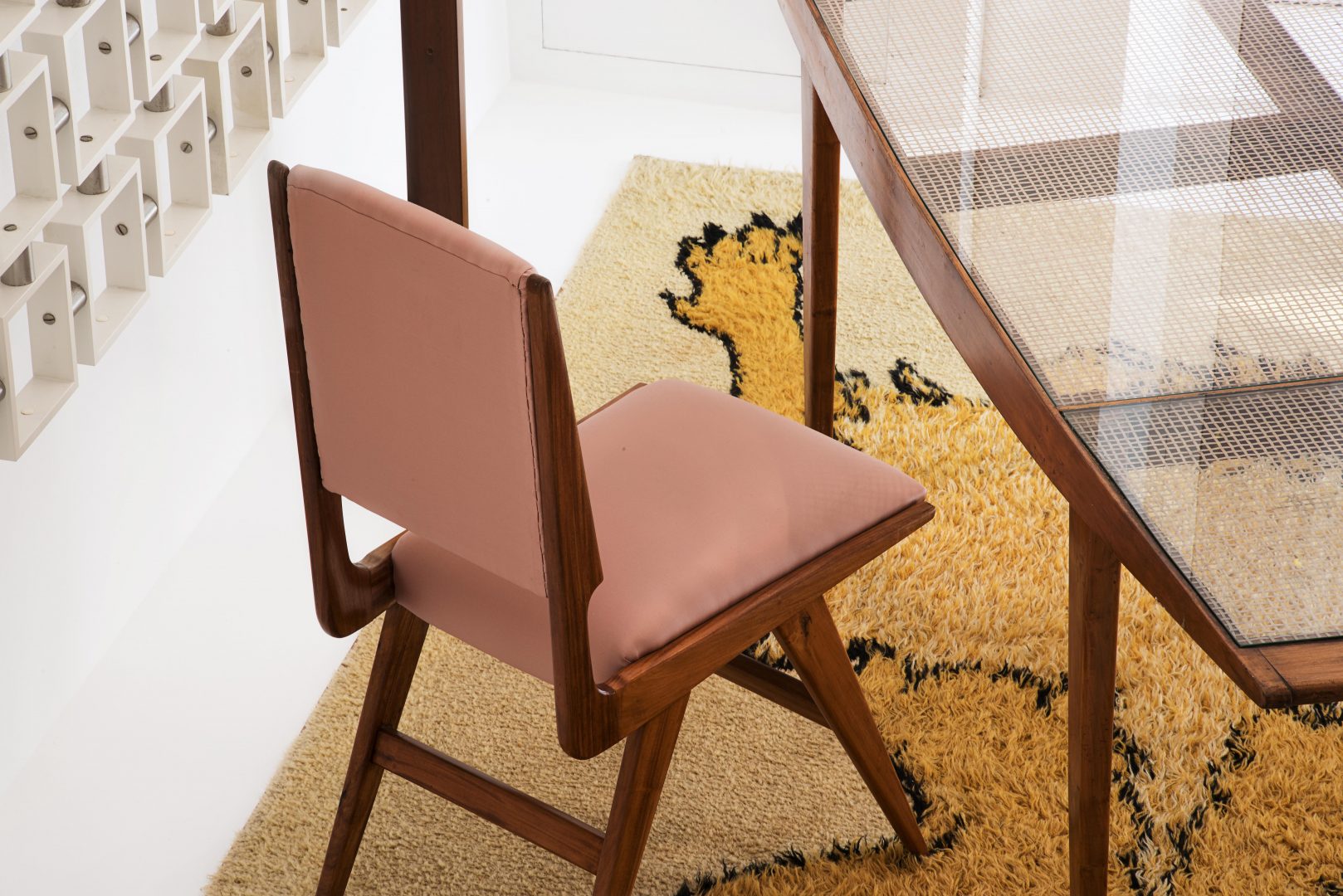
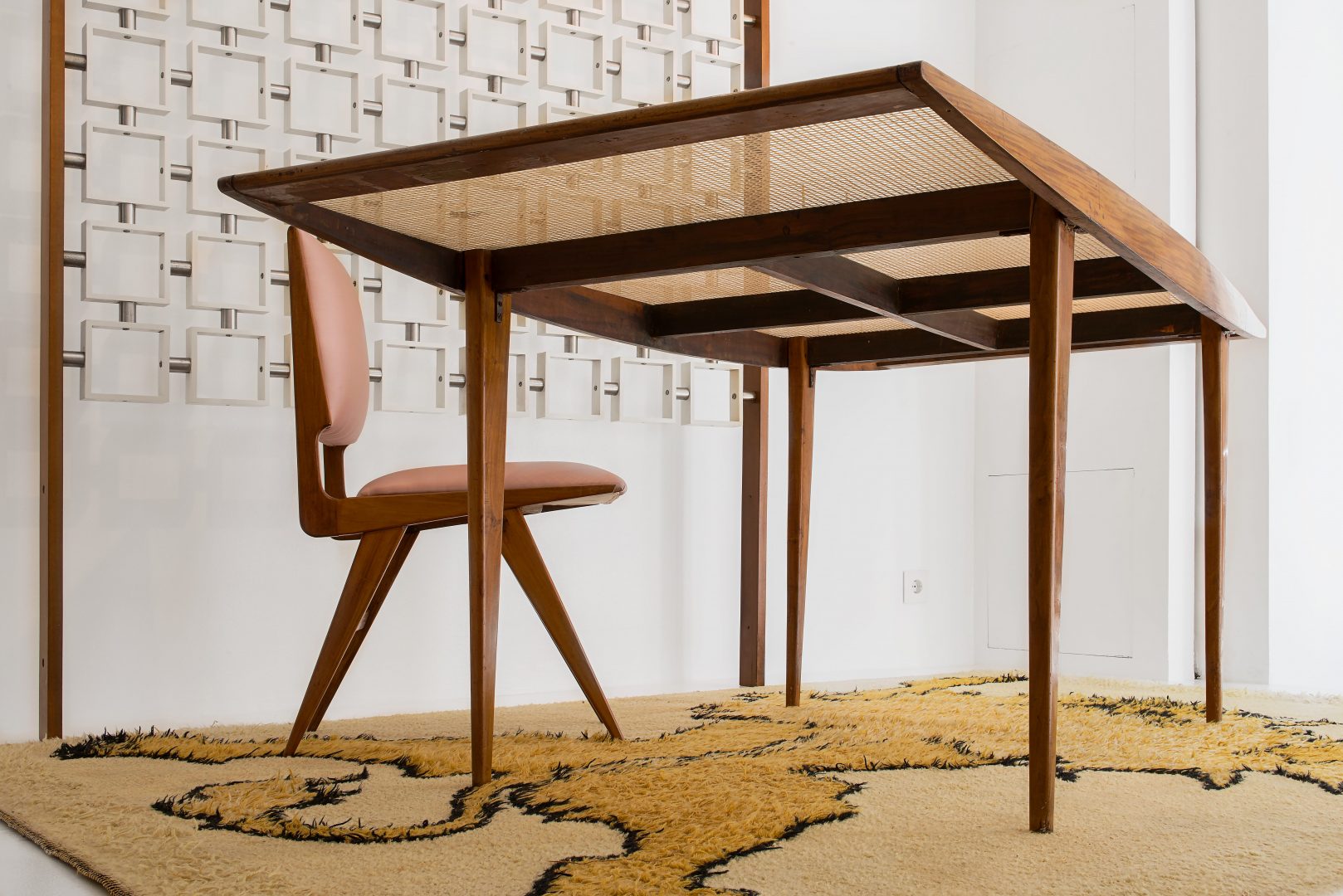
BRAZILIAN DESIGN
(PART TWO)
BARCELONA
SIDE GALLERT
FEB 16 2017 - MAY 11 2017
MORE INFO
In the spring of 2017 Side Gallery presented its second show on modern Brazilian Design. As a sequel to the Gallery’s 2016 exhibition, Brazilian Design part II brought together a collection of sought after works by some of Brazil’s most important 20th century designers, including Lina Bo Bardi, Joaquim Tenreiro, Martin Eisler and Carlo Hauner and Branco e Preto.
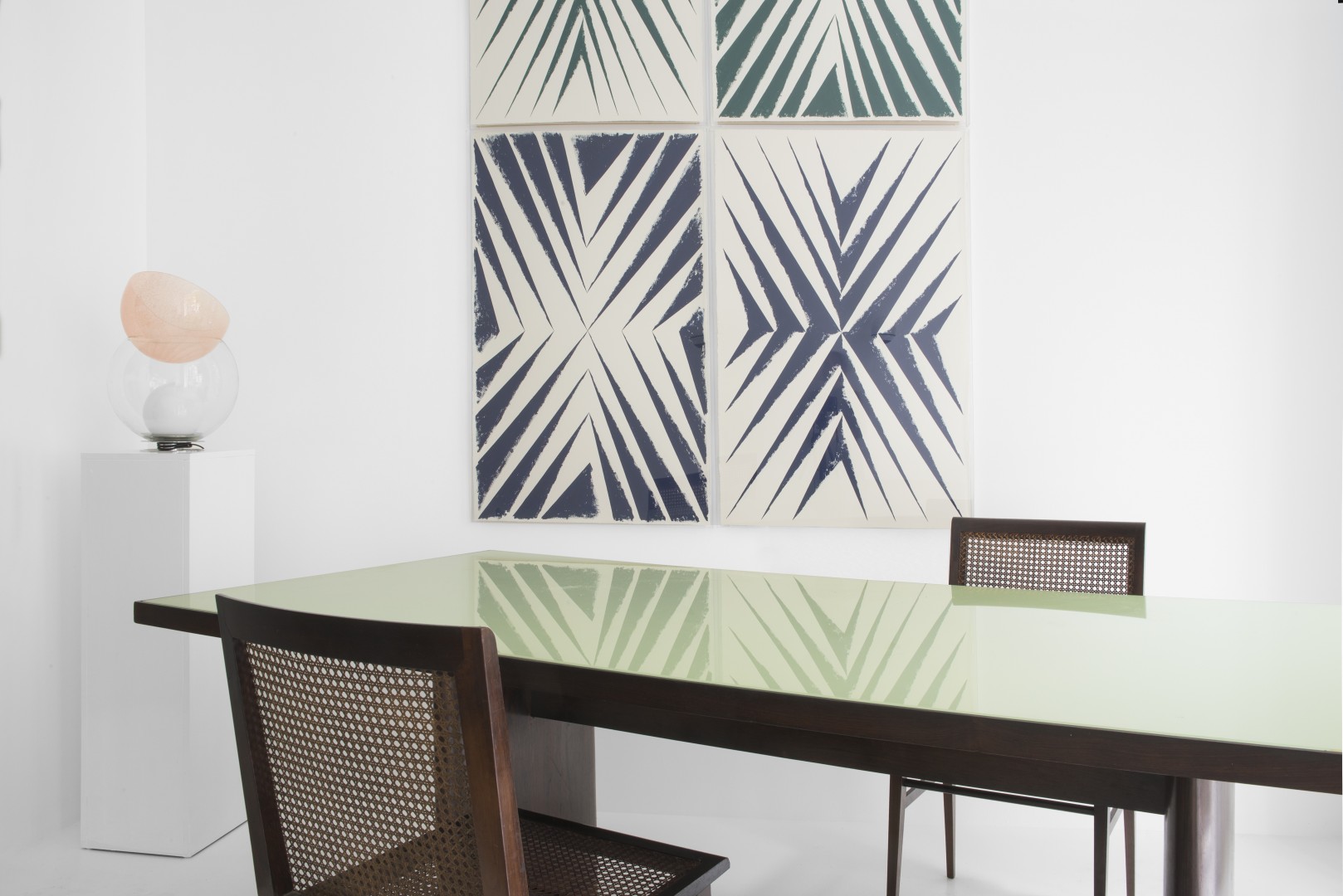
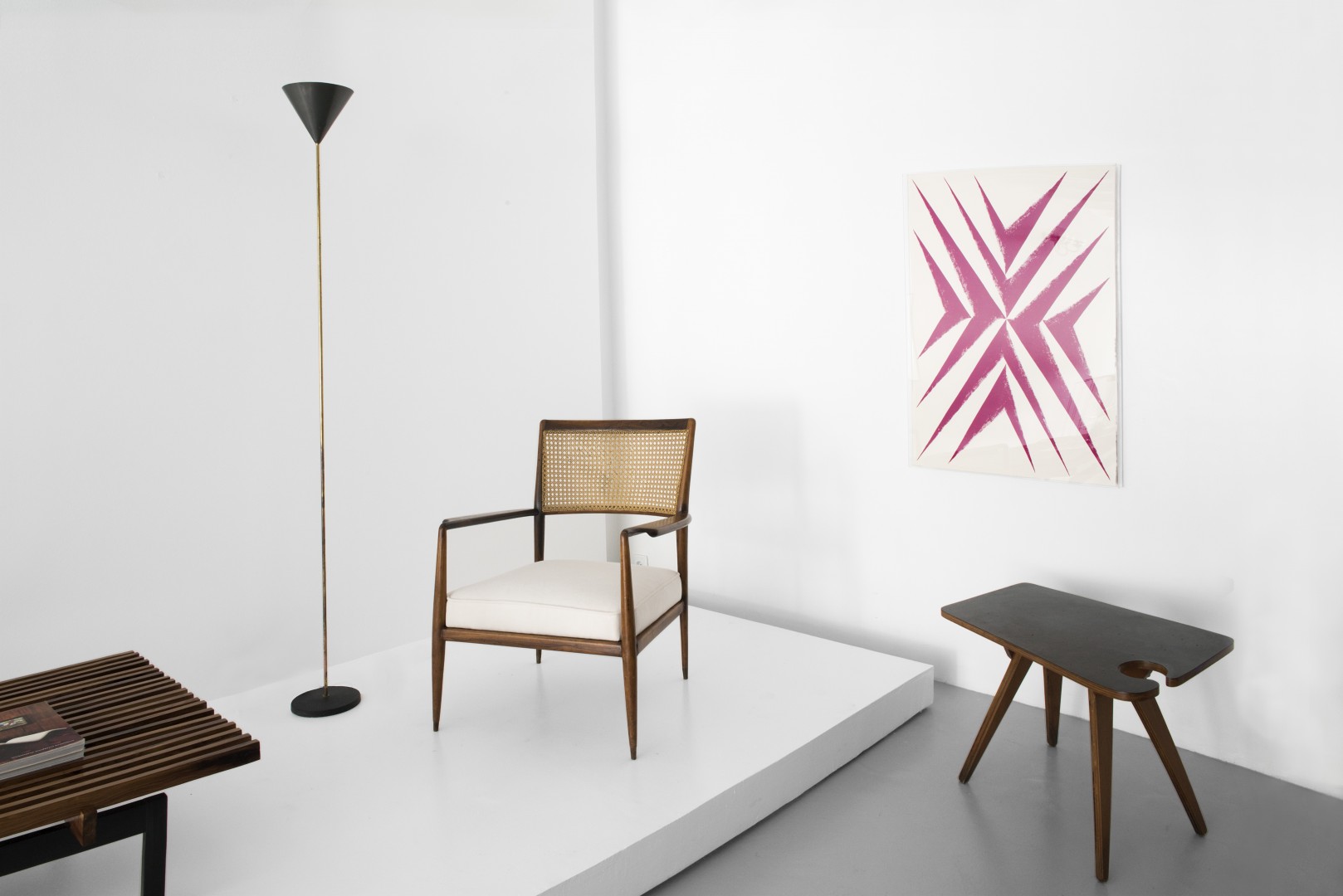
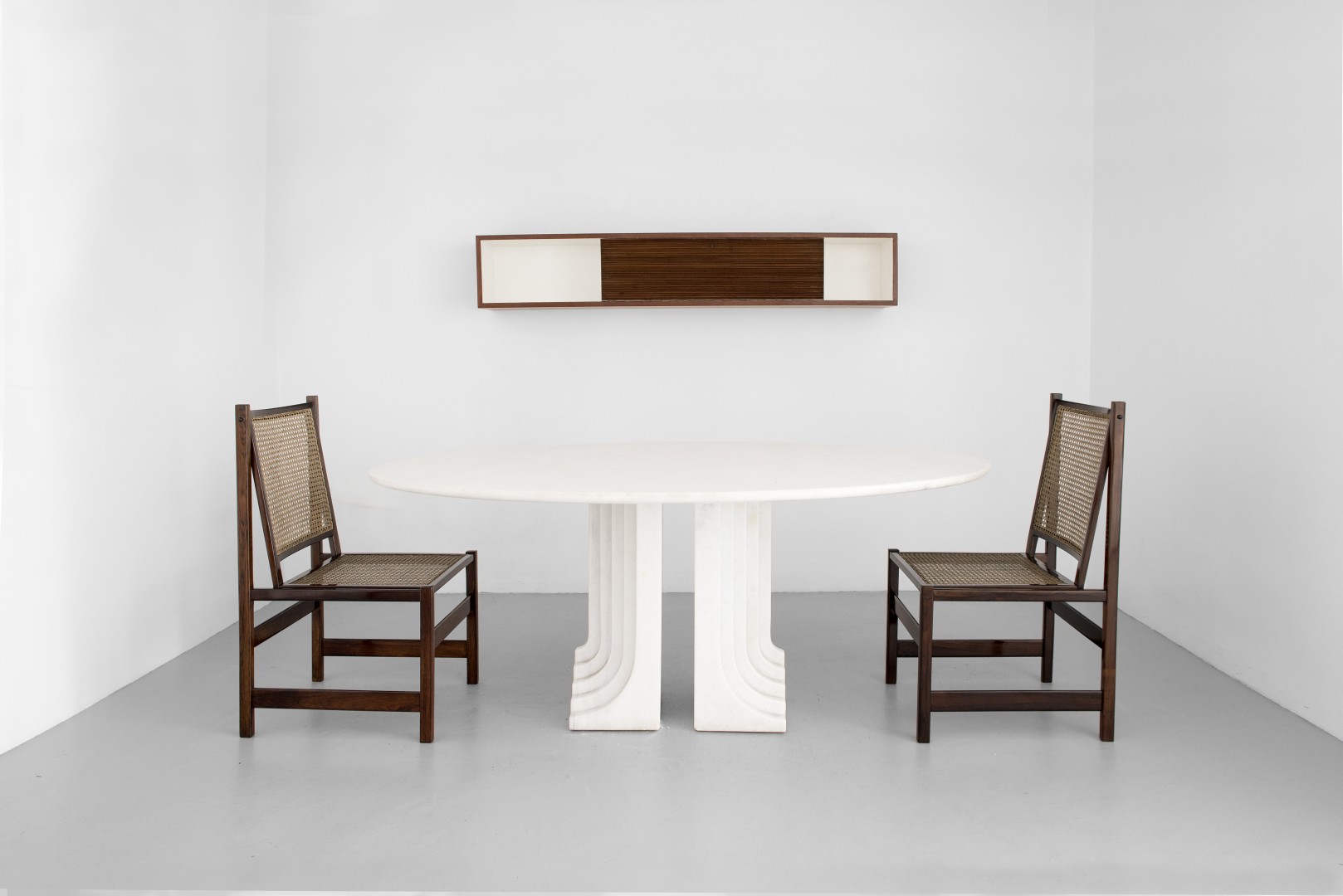
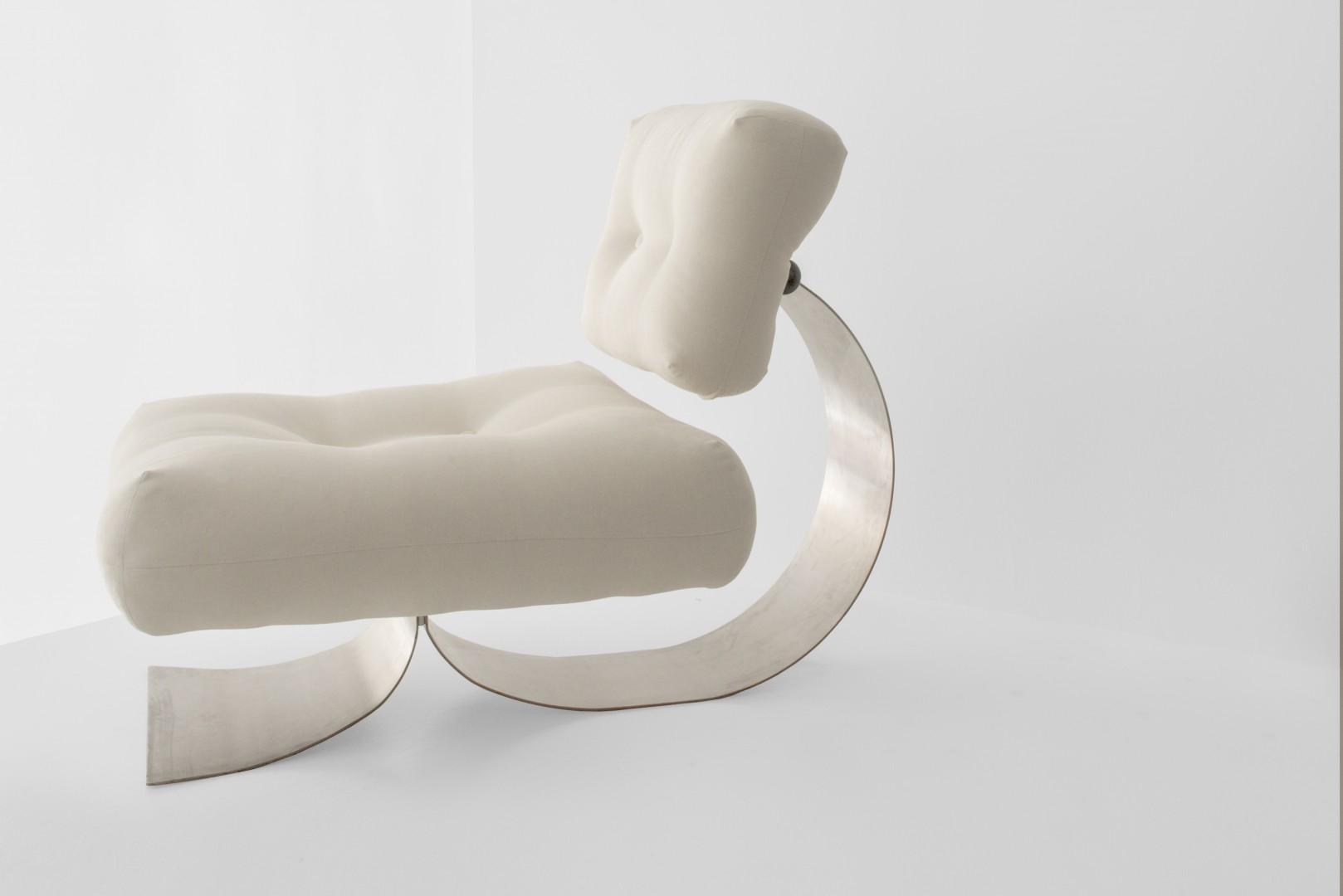
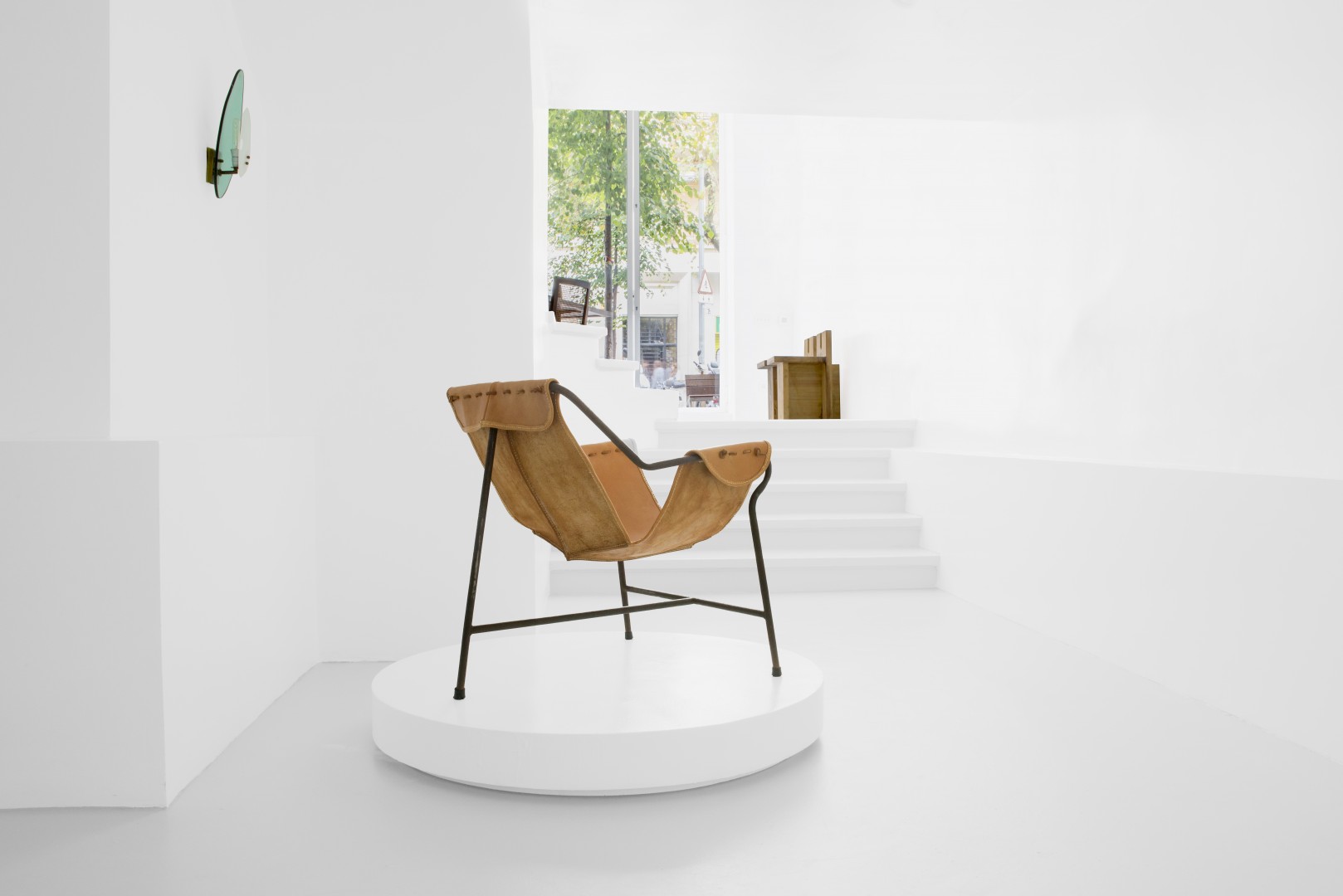
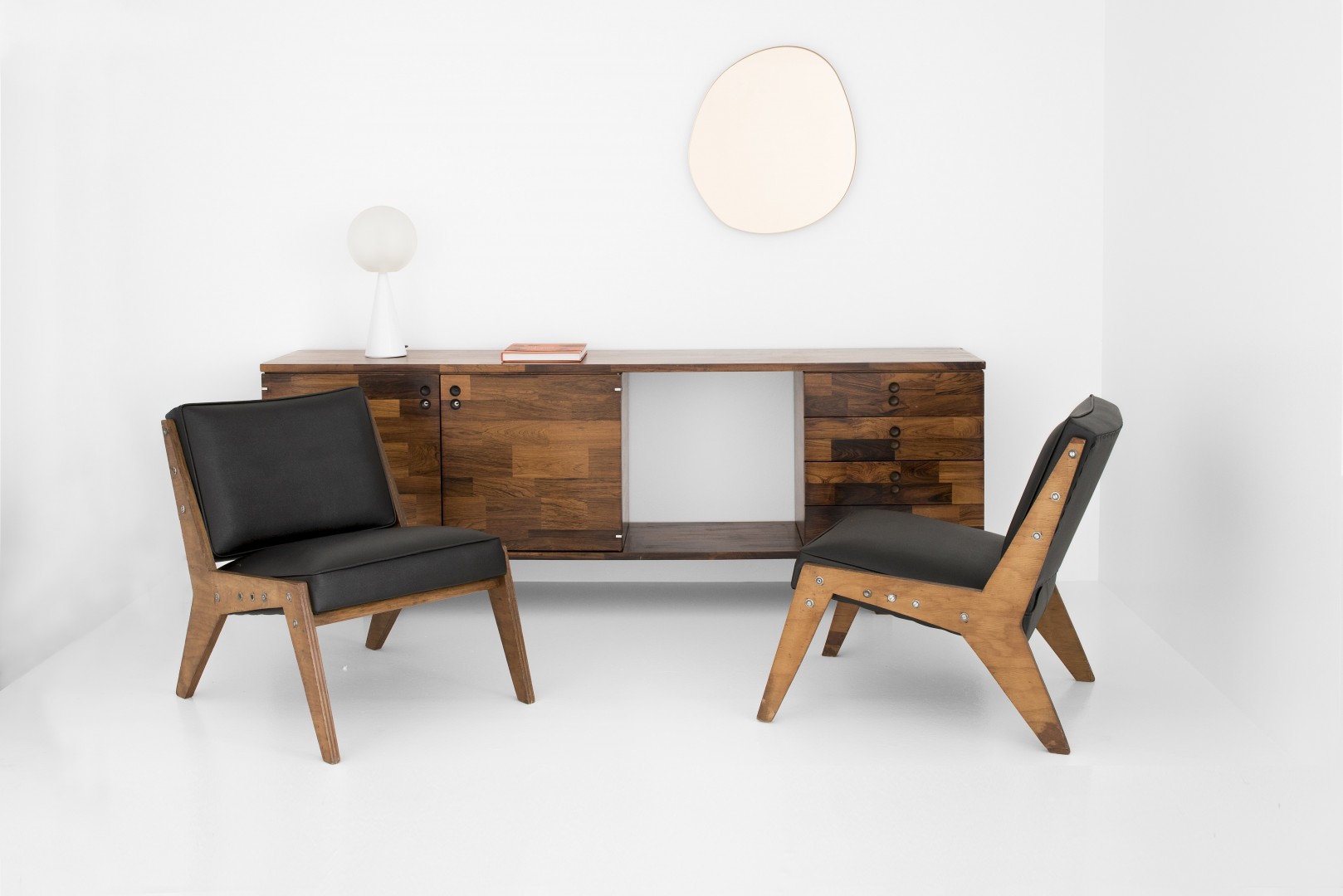
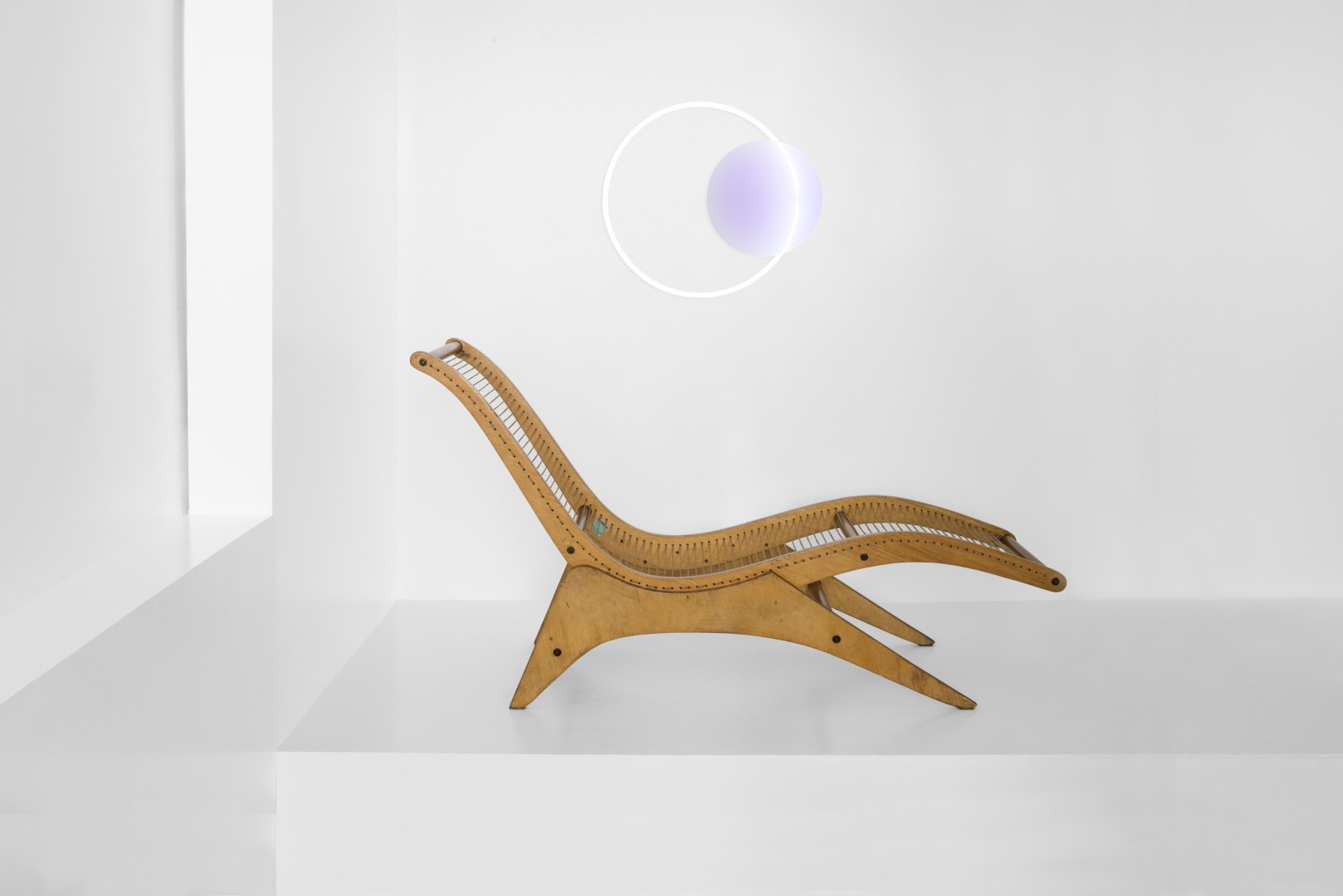
BRAZILIAN DESIGN
(PART ONE)
BARCELONA
SIDE GALLERY
OCT 10 2016 - DEC 01 2016
MORE INFO
In the Autumn of 2016, Side Gallery presented an exhibition focused entirely on Brazilian twentieth century modernist design. Pieces by Lina Bo Bardi, Branco e Preto, Jose Zanine Caldas, Joaquim Tenreiro, Sergio Rodrigues and Oscar Niemeyer were presented for the very first time in Spain, introducing Brazilian modern design to an European audience.
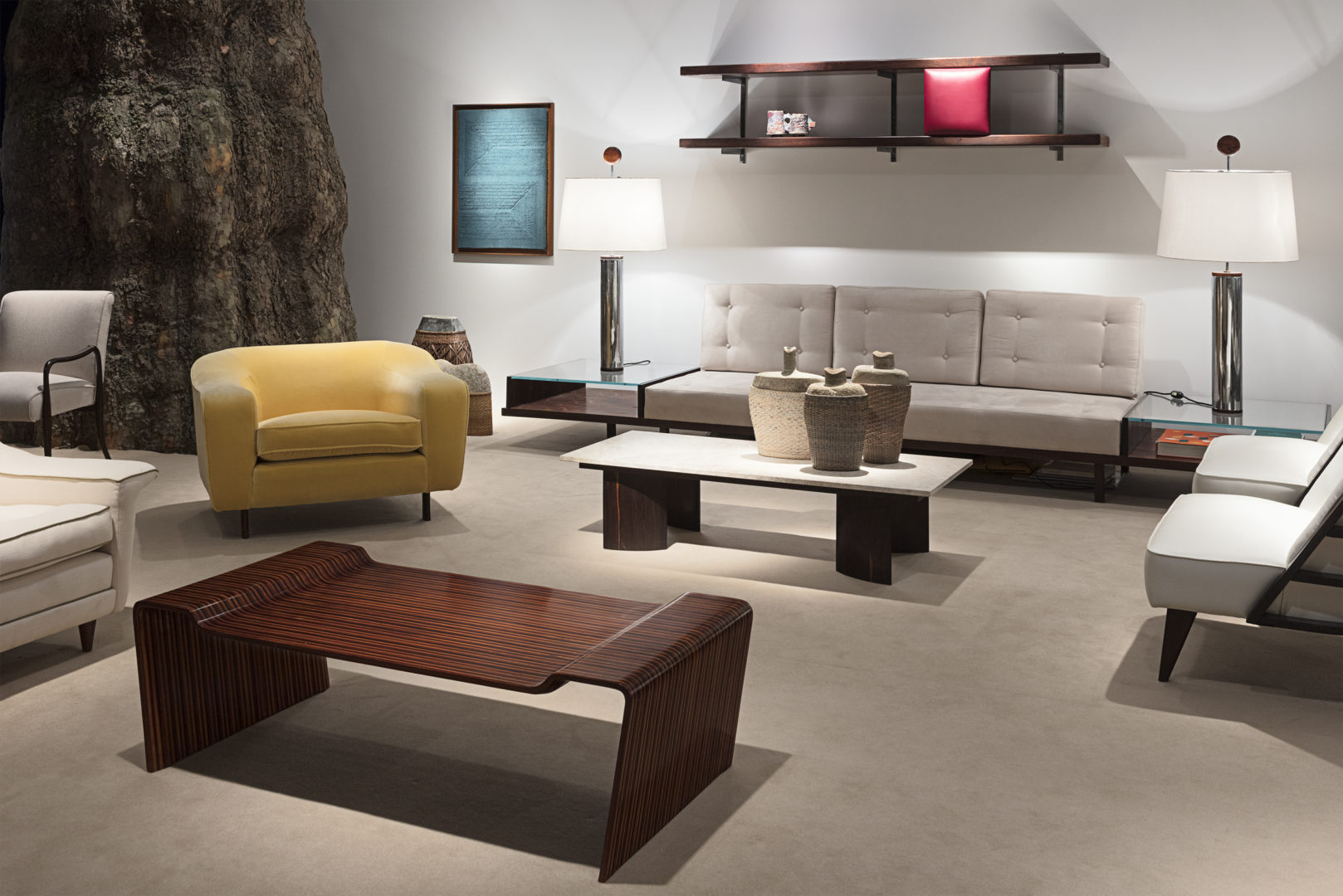
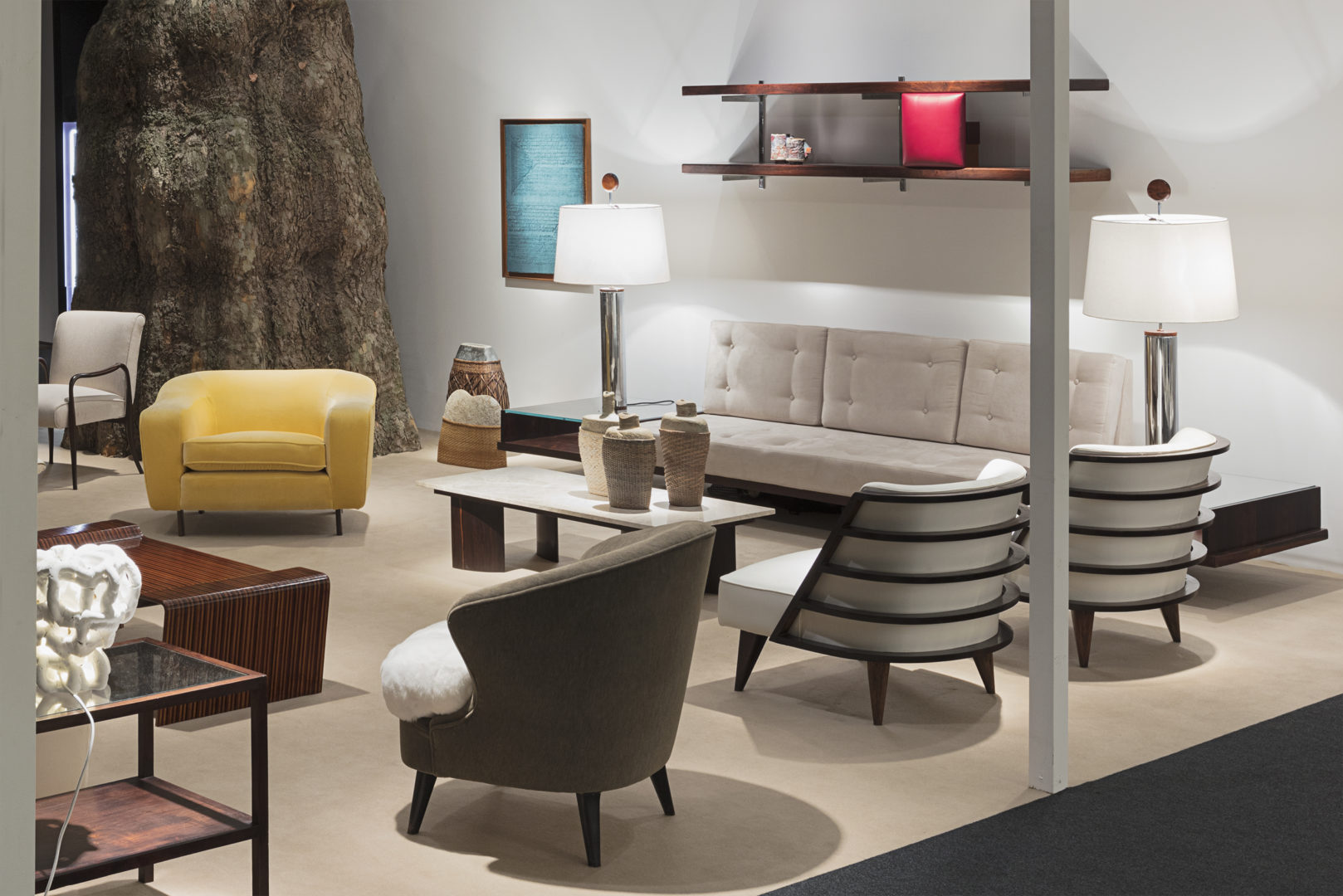
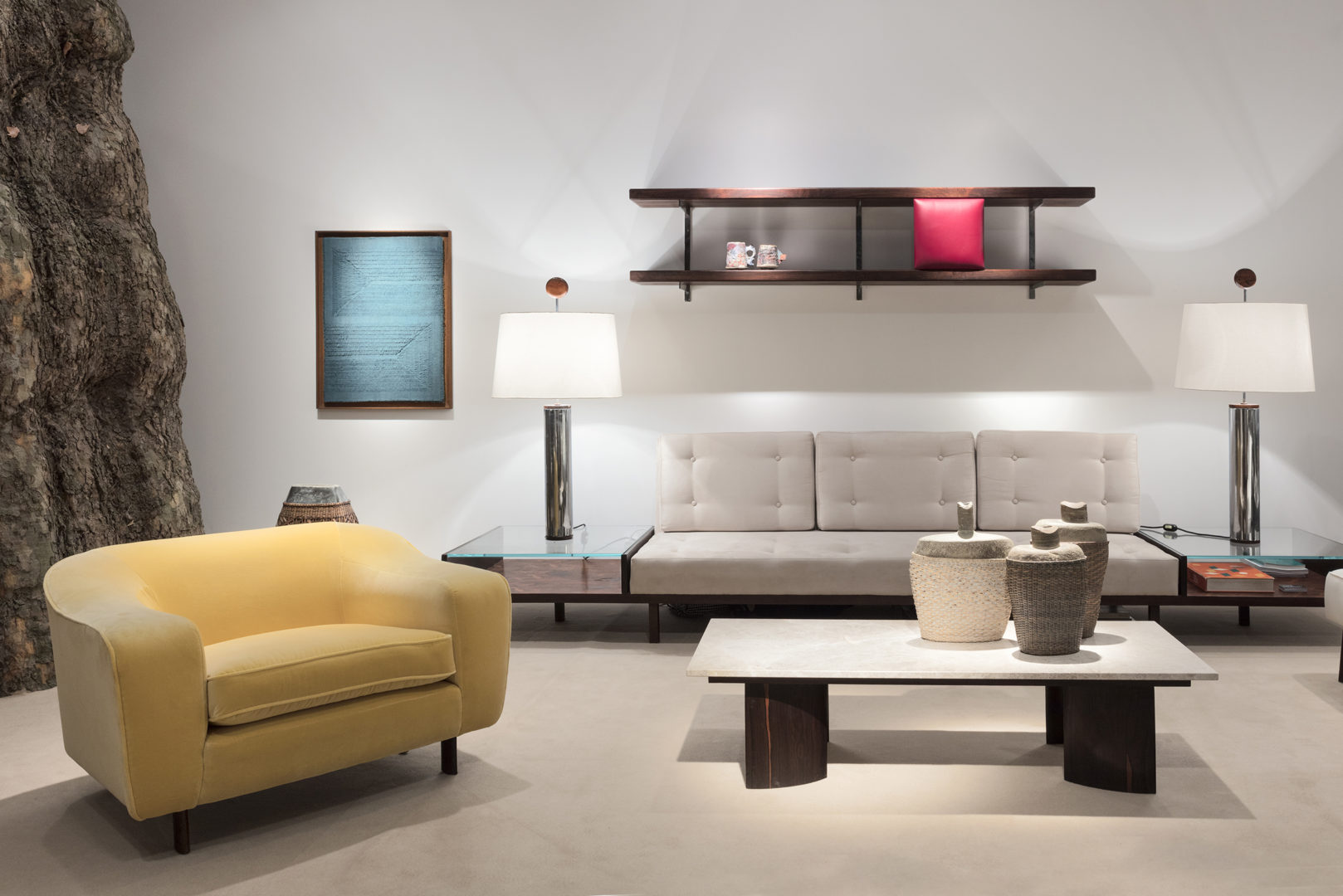
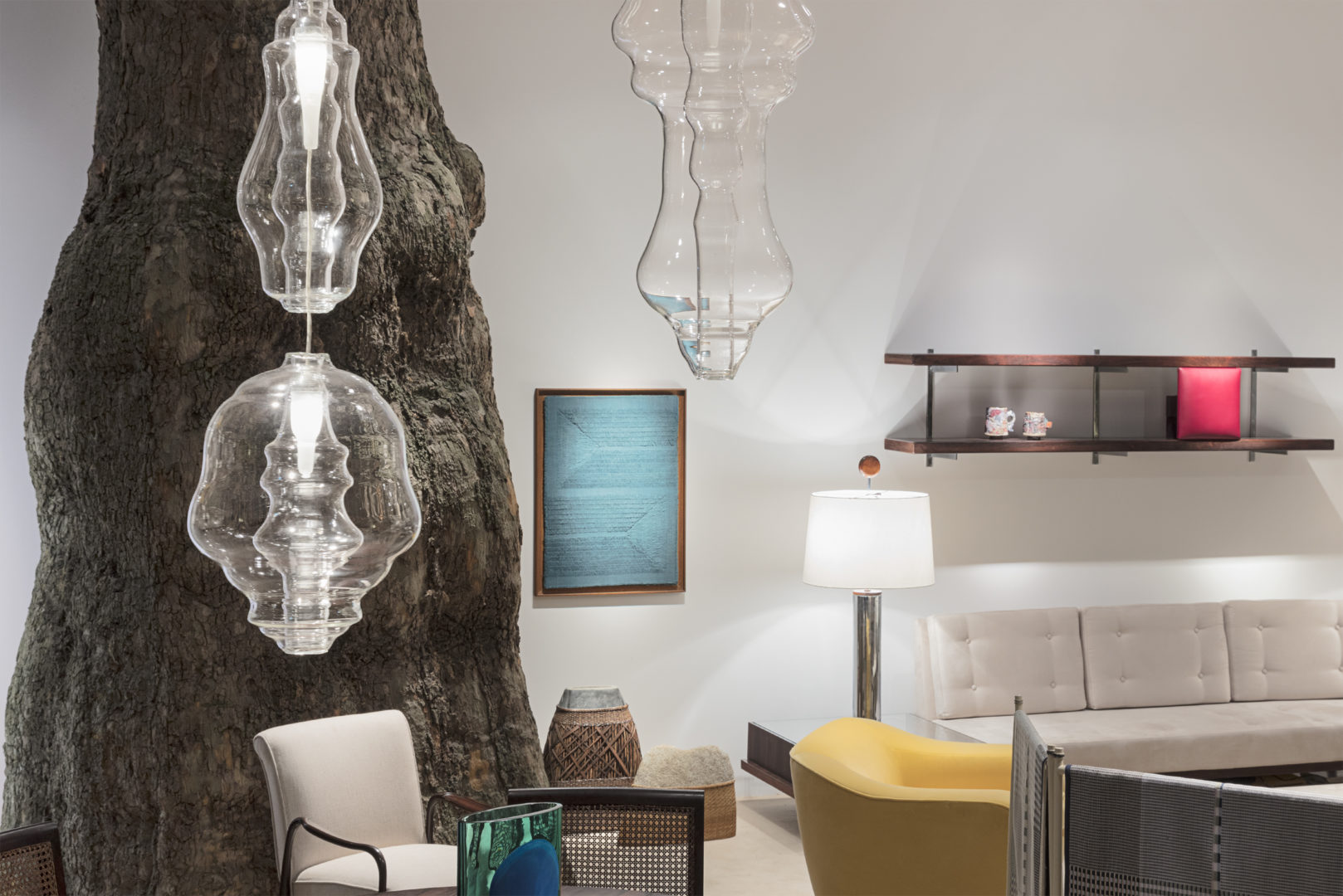

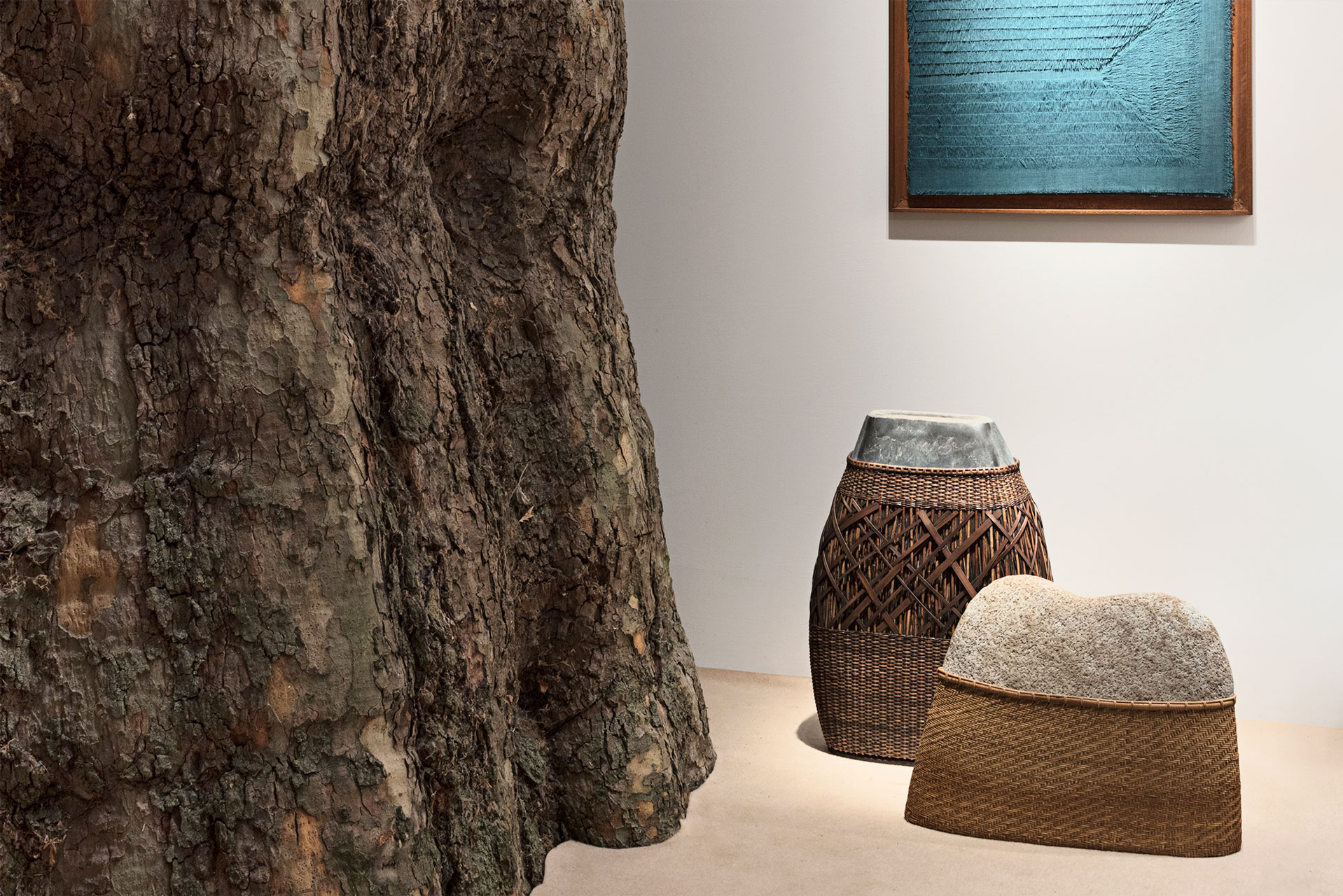
PAD LONDON
LONDON
BOOTH B25
SEP 30 2019 - OCT 06 2019
MORE INFO
On the occasion of PAD London 2019 Side Gallery presented an extensive collection of pieces by the Brazilian master Joaquim Tenreiro. Taken from an important private house in Rio de Janeiro, the gallery mixed iconic works such as the “Leve" chair (1942) and “Concha” chair (1950) with some unique pieces specially commissioned for the family. The organic 20th century design was set in dialogue with contemporary compositions by Julie Richoz and Sabine Marcelis.
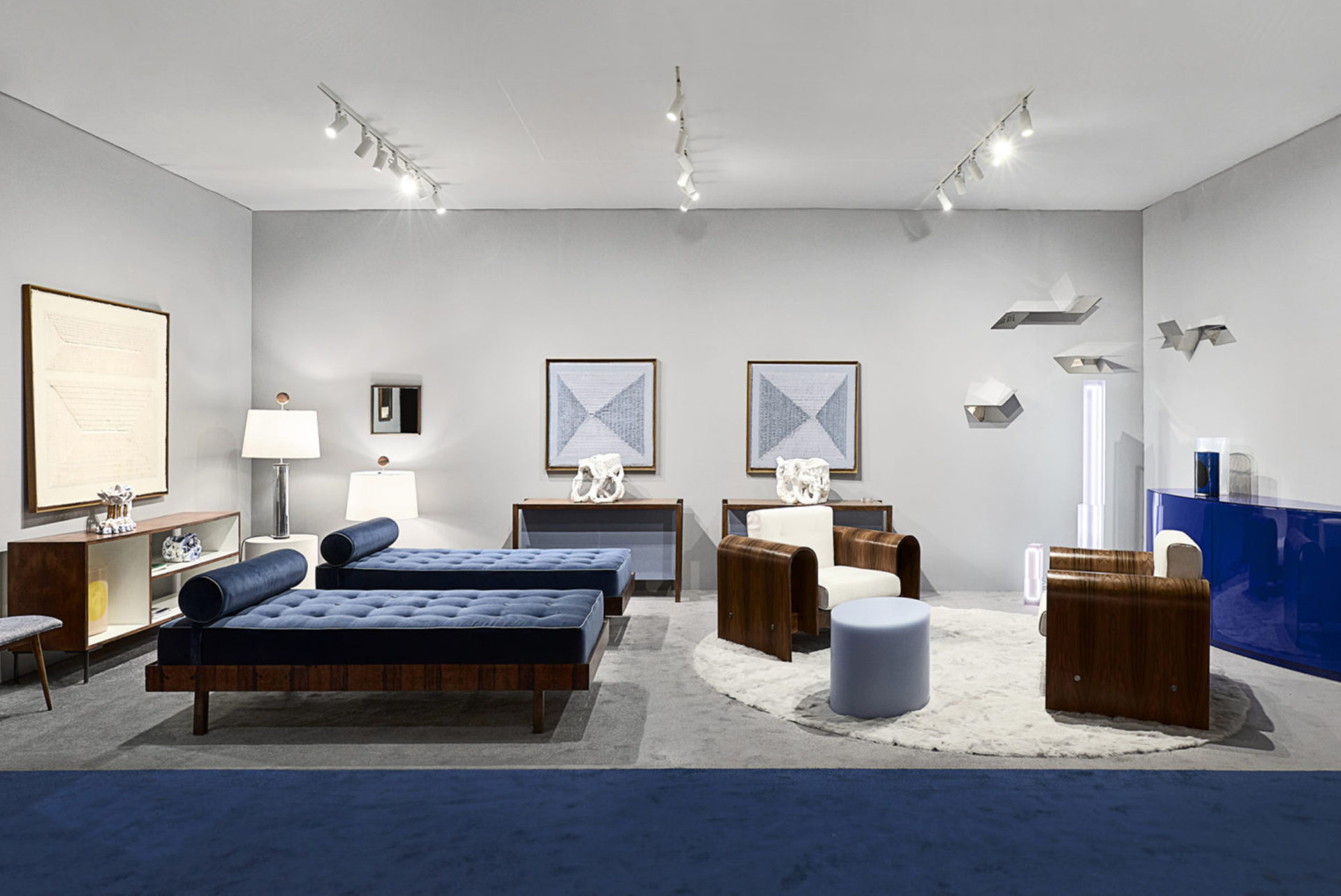
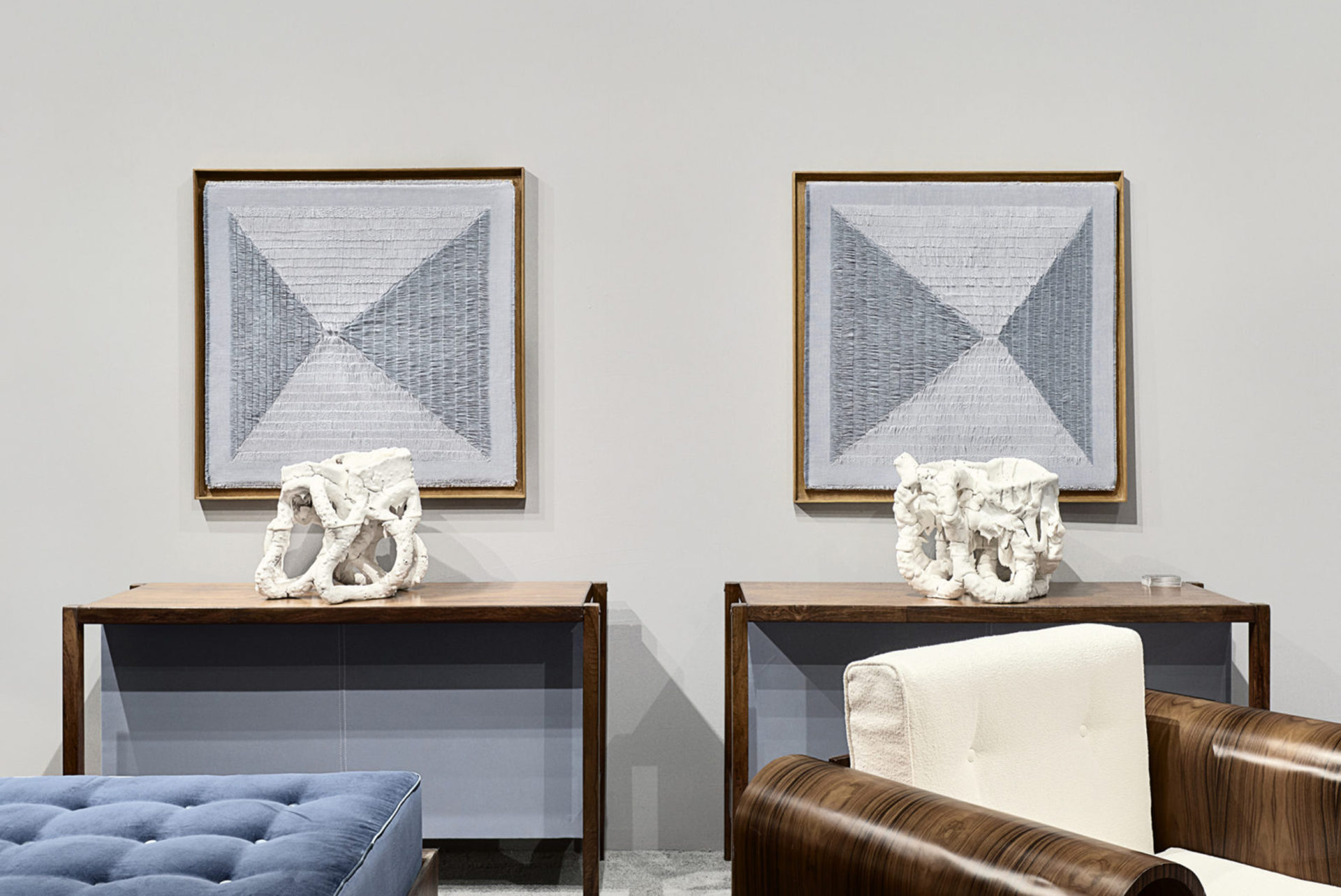
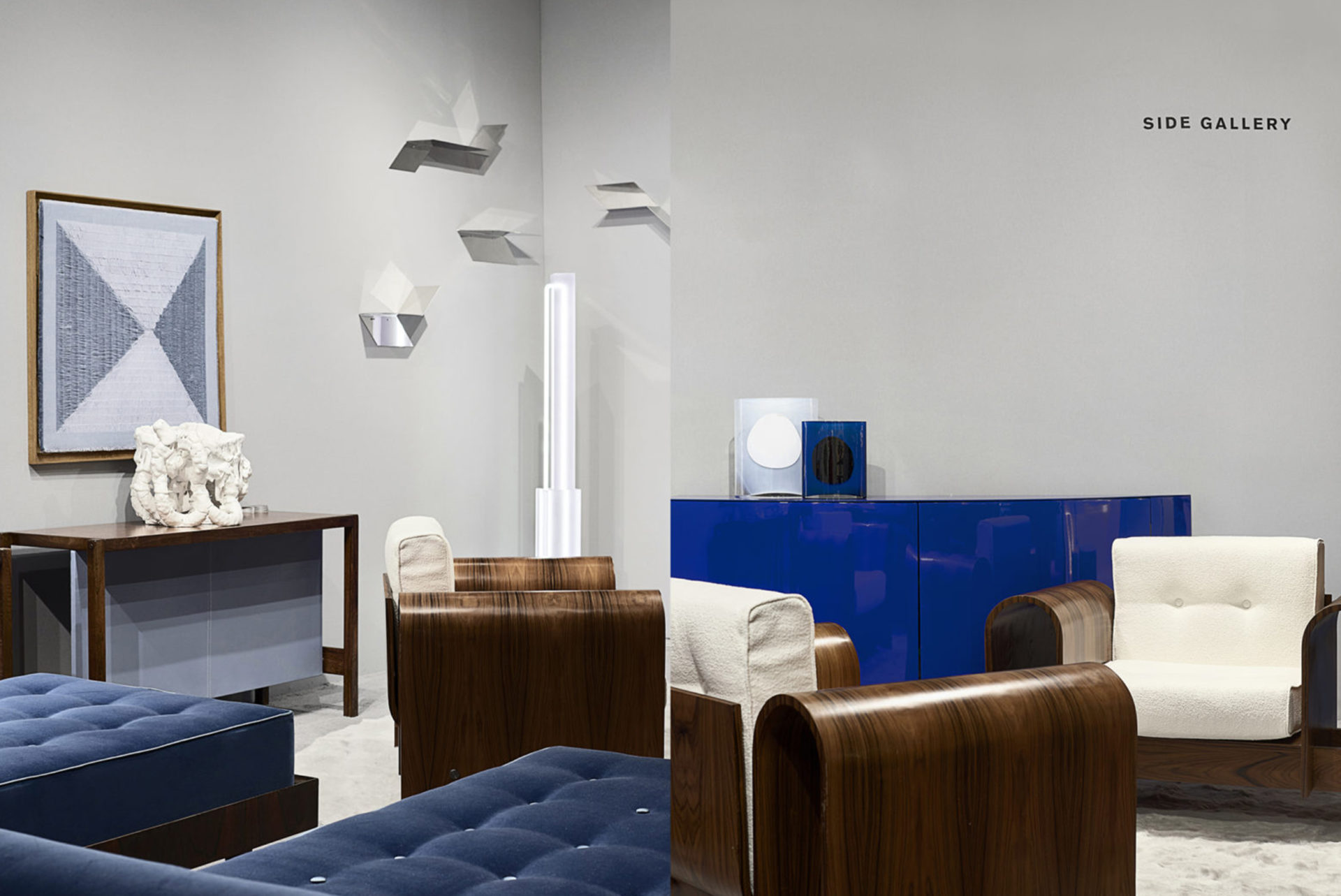
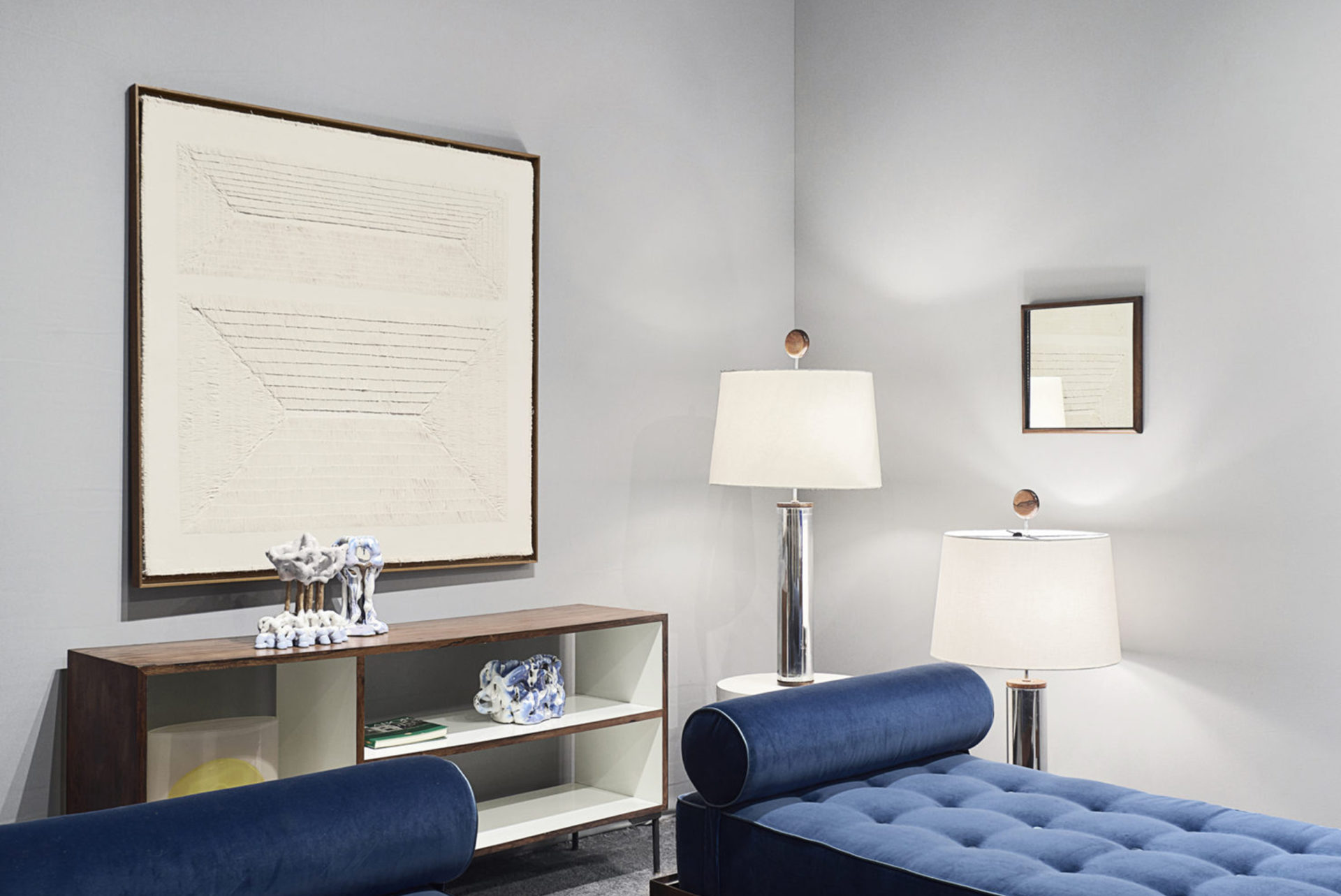
SALON ART + DESIGN
NEW YORK CITY
BOOTH B8
NOV 14 2019 - NOV 18 2019
MORE INFO
Exhibiting for the at SALON Art + Design in New York, December 2019, Side Gallery presented a collection of works from Brazilian designers Geraldo de Barros, Joaquim Tenreiro, Jorge Zalszupin and Sergio Rodrigues, the modern Brazilian design was carefully combined with a selection of contemporary works, including a lacquered blue buffet by Belgium design duo Muller Van Severen, produced exclusively for Side Gallery.
ENQUIRE ABOUT THE DESIGNER